After the darkness of winter, the first signs of spring bring joy and fresh hope for the new season. On cold winter mornings, the thought of springtime flowers, wildlife and weather is most welcome and provides inspiration for planning springtime outdoor adventures, such as bluebell walks, spring foraging and family days out.
With the arrival of spring, the days grow brighter, and the first warmth of the year can be enjoyed. Although there can still be a nip in the air some days, new life is stirring and buds appear on trees, making it a lovely season to get outdoors to explore the countryside, your local green space or garden. If you planted bulbs in autumn, now is the time you'll see their heads begin to poke through the soil.
When does spring start?
The spring equinox marks the first day of astronomical spring, when day and night are almost exactly the same length. In 2023, it takes place on Monday 20th March.
What are the first signs of spring?
In the UK, the first signs of spring are signalled by the sound of birdsong, buds on trees and early spring flowers, such as snowdrops. Discover what else to look out for, including the best places to visit, in the British countryside or in urban parks or woodlands to spot spring wildlife.
Snowdrops
Delicate snowdrops appear in the UK from January to early March. While they are often quickly buried in snow, these lovely nodding white flowers hint that the dark days and long nights of winter will soon be drawing to a close.

When do snowdrops bloom in the UK?
Snowdrops flower between January and March, often appearing en masse and creating a characteristic ‘white blanket’ coverage. The species has long been associated with winter – the latin name, Galanthus nivalis, literally translates as ‘milk flower of the snow’. They thrive in lightly shaded woodland areas and can be found all around the UK.
In the 1950s, snowdrops would not typically flower until late February, but during the past few decades the teardrops of white have appeared ever earlier, and in particularly mild winters, snowdrops may not even wait for a New Year to begin.
See our Snowdrops guide: best snowdrop walks in the UK and how to grow
More related content:

Frogspawn
From the end of January until March, frogspawn begins to appear in ponds across Britain and is a fascinating spring wildlife spectacle to witness. Learn more about the difference between frogspawn and toadspawn and how you can help provide a home in your garden.

Dawn chorus
Singing us into spring, the birds really get going with their morning melodies by early March as they seek to attract mates and defend their territories. The early-worm-catchers are the skylarks, song thrushes, robins and blackbirds whereas smaller birds such as wrens and warblers seem to stay in bed until it’s a bit warmer.
If you're lucky it is possible to be serenaded at certain locations by both nightingale and bittern at the same time. Mike Dilger shares his favourite spots for listening to the dawn chorus.

Lesser celandine
Bright yellow stars at the woodland’s edge and the hedgerow’s foot. Flowers from February to late April.
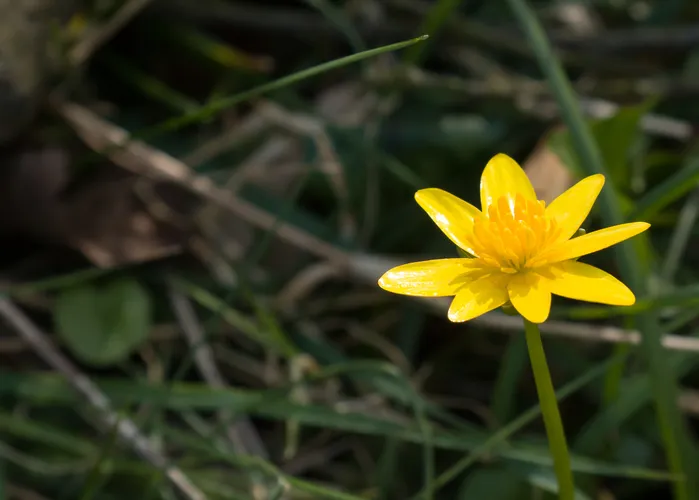
A beginner’s guide to native British wildflowers
The simple beauty of wildflowers is a joy. Our guide to native British wildflowers looks at lovely flowers that bloom over summer.
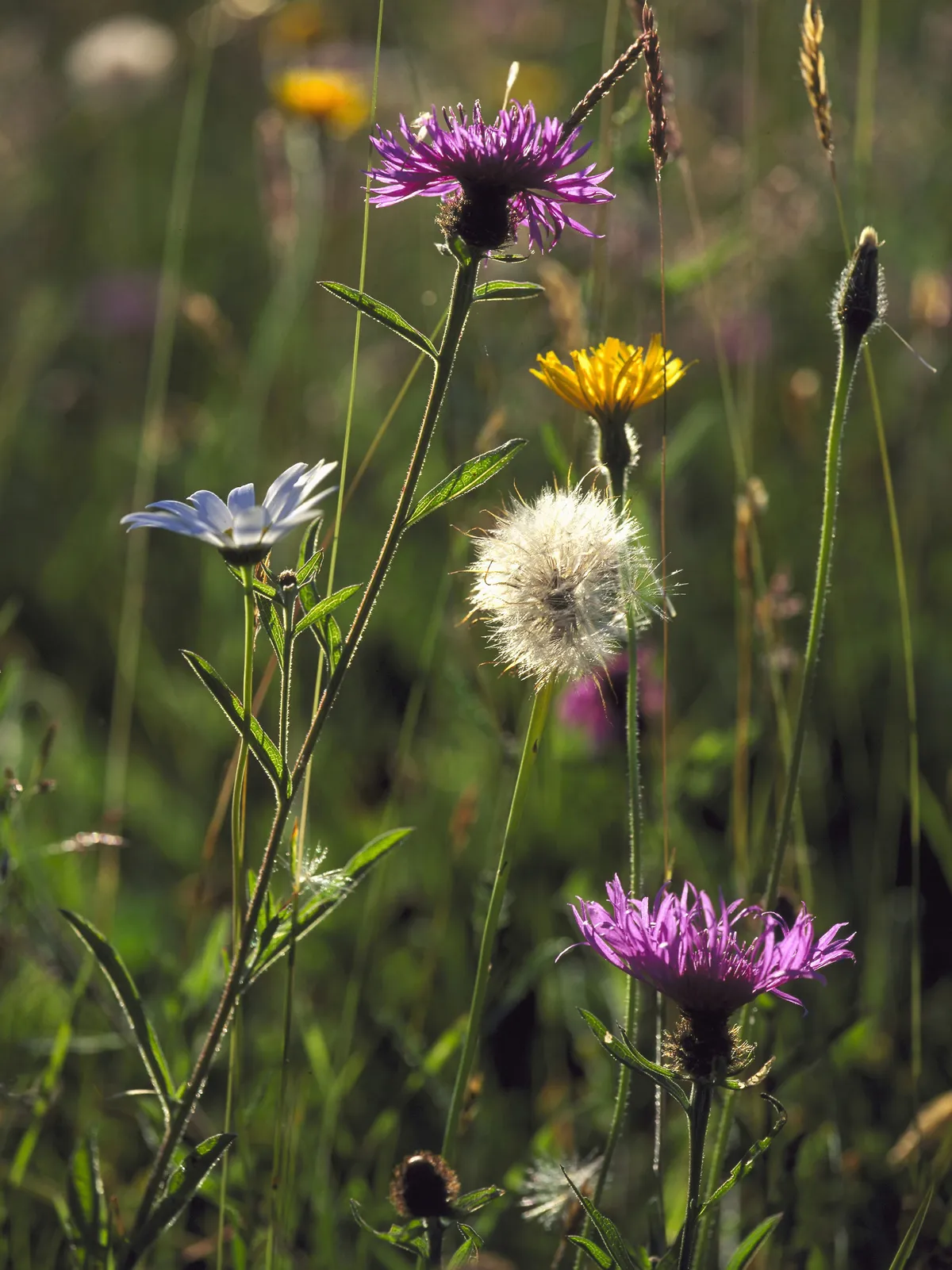
Buzzards skydancing
Britain’s commonest bird of prey, the buzzard is the species most often seen soaring. It wheels about in the air on broad wings, with its tail fanned out and wingtip feathers widely splayed. Eats birds, mammals and carrion. When male buzzards begin showing off their skydiving skills you know that they're thinking of settling down with a mate, so warmer weather must be on its way.

A vantage point near a wooded hill is the perfect place to watch their rollercoaster-like aerobatic displays which see them corkscrewing down from a great height, then soaring back into the skies. Best time to spot from January.
British birds of prey guide: how to identify raptors and where to see
Learning a few key characteristics - such as wing shape, flight style and colour - can help you distinguish one bird of prey species from the next, even from far below. Here is our expert guide to British birds or prey, also known as raptors, and best places to see in the UK.
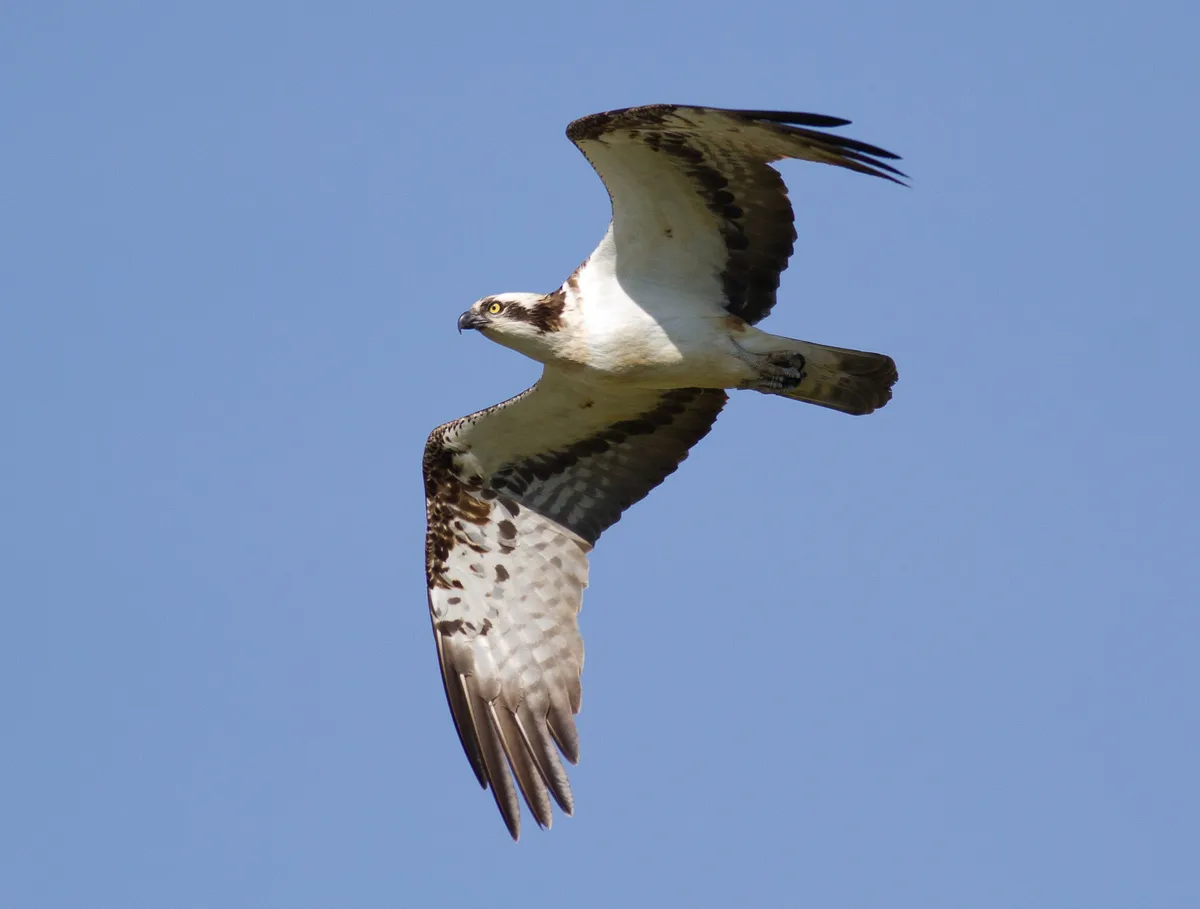
Daffodils
These vivid flowers are one of the first signs that spring is truly under way. Bursting with the promise of sunny days just around the corner, these joyful yellow flowers blossom from late February to early April.

Did you know that galantine, a compound extracted from daffodils, is used to treat patients with Alzheimer's as it slows the progress of the disease?
Here is our pick of the best daffodil walks to enjoy this spring
Great crested grebes' water ballet
From mid February, park lakes and reservoirs become aquatic stages for the strangest and most elegant avian courtship display as the two birds mimic each other’s movements.
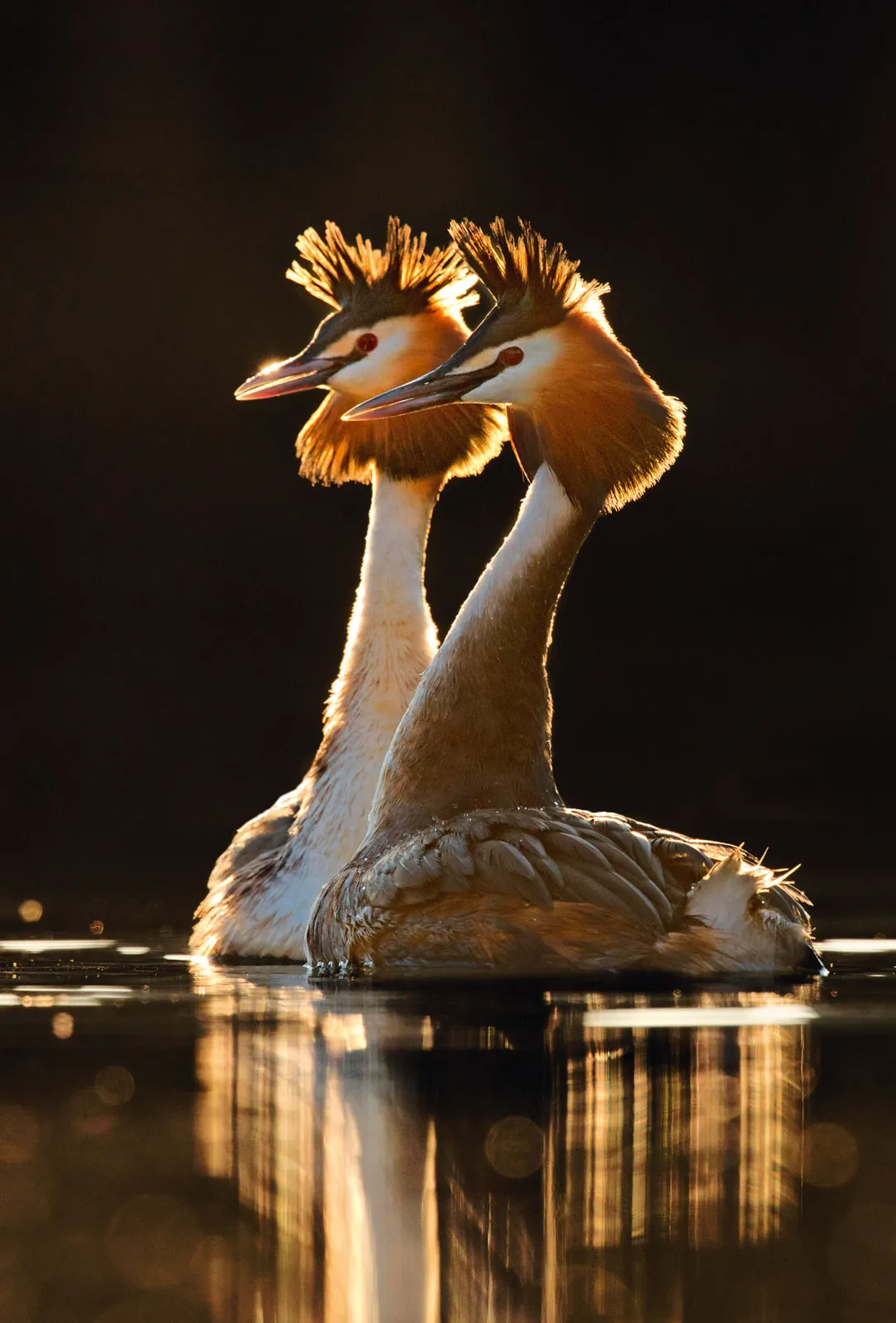
Bumblebees
The warmth of the sun will soon be awakening our queen bumblebees, who will need plenty of nectar in March and April to recharge their batteries as they go hunting new places to start a colony. When she has found a suitable nest, the queen makes a mound of pollen and secreted wax into which she lays her first brood of eggs.
Out of the UK’s bee species, 24 are bumblebees. These are also social bees, though colonies are significantly smaller and vary slightly depending on the species. A well established colony could comprise of up to 400 bees. Tongue lengths vary so different species feed on different flowers.
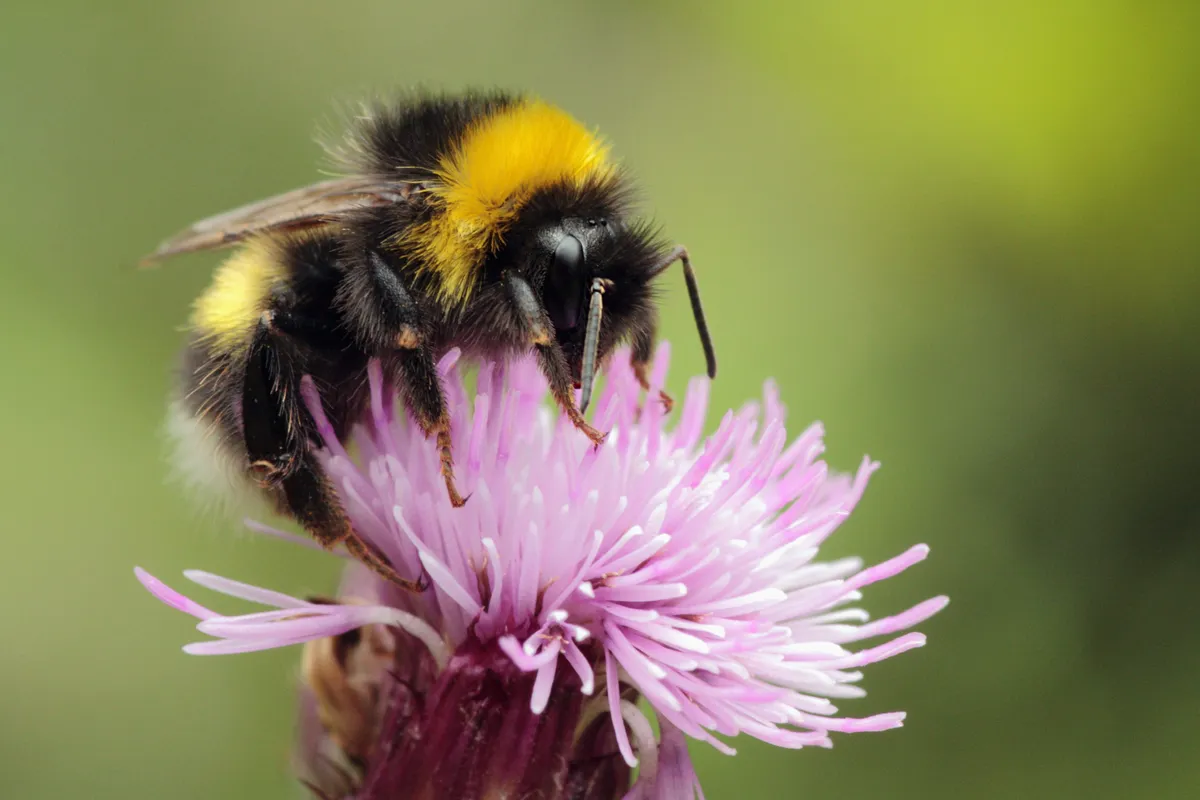
British bee guide: how to identify, where to spot, and how to attract bees to your garden
The UK is home to more than 270 different species of bees. Our bee guide looks at how to identify common British species, best places to spot and plants to grow to attract bees to your garden, plus what to do if you see a struggling bee.British bee guide: how to identify, where to spot, and how to attract bees to your garden

Cherry blossom
As light flows slowly into our woodlands and hedgerows, once-bare branches begin to bloom. The brief blossoming of rowan, wild cherry and hawthorn is a magical spectacle, wreathed in ancient folklore. A fleeting but fabulous burst of cherry blossom is one of the most breathtaking signs of spring - except when it appears in December when it's a sign that temperatures are topsy turvy.

Japan is the best place to enjoy the pink and white eruption of the lovely prunus, but you don't have to venture far to see a dramatic display in the UK.
See how to identify spring blossom
Brimstone butterfly
Big, bright and fluttering in a woodland ride or garden near you, these dairy-yellow insects are the whole reason butterflies have butter in their names. They are among the first insects on the wing and can be seen on warm days in March.

That fluttering flash of buttery yellow in the spring sunshine is probably a male brimstone and may also be the inspiration for our word 'butterfly'. The female's wings are whitish green and, like the male's, have an orange spot on each side as well as leaf-like veining, which blends in beautifully when they alight on bramble and ivy.
Guide to British butterflies: how to identify and the best places to spot
Britain has around 60 glorious butterfly species. Butterflies are remarkably emotive creatures, not least because they are essential elements of spring and summer sunshine.
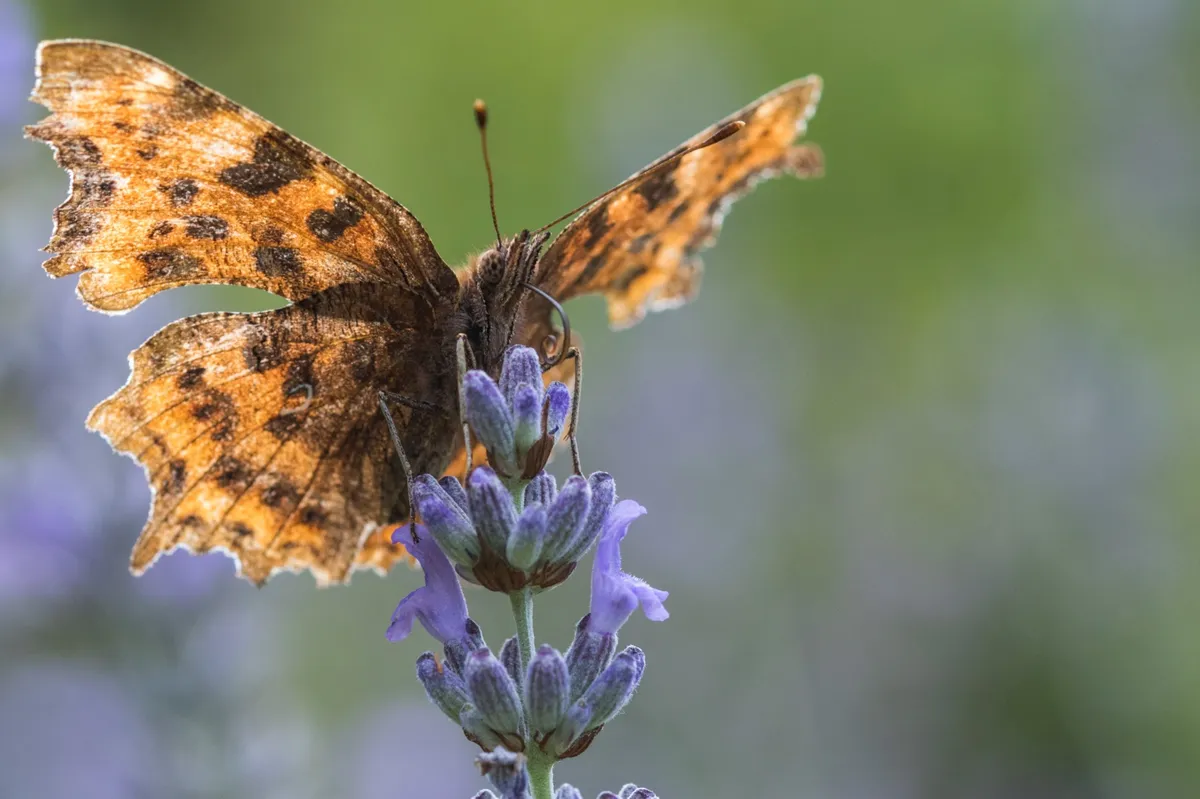
The arrival of the first swallow
Swooping, fork-tailed in pursuit of the year’s first insect life, this African visitor arrives in April hunting for the year's first tasty insects and generously remains with us until September. It’s impossible not to smile when you see your first swallow.
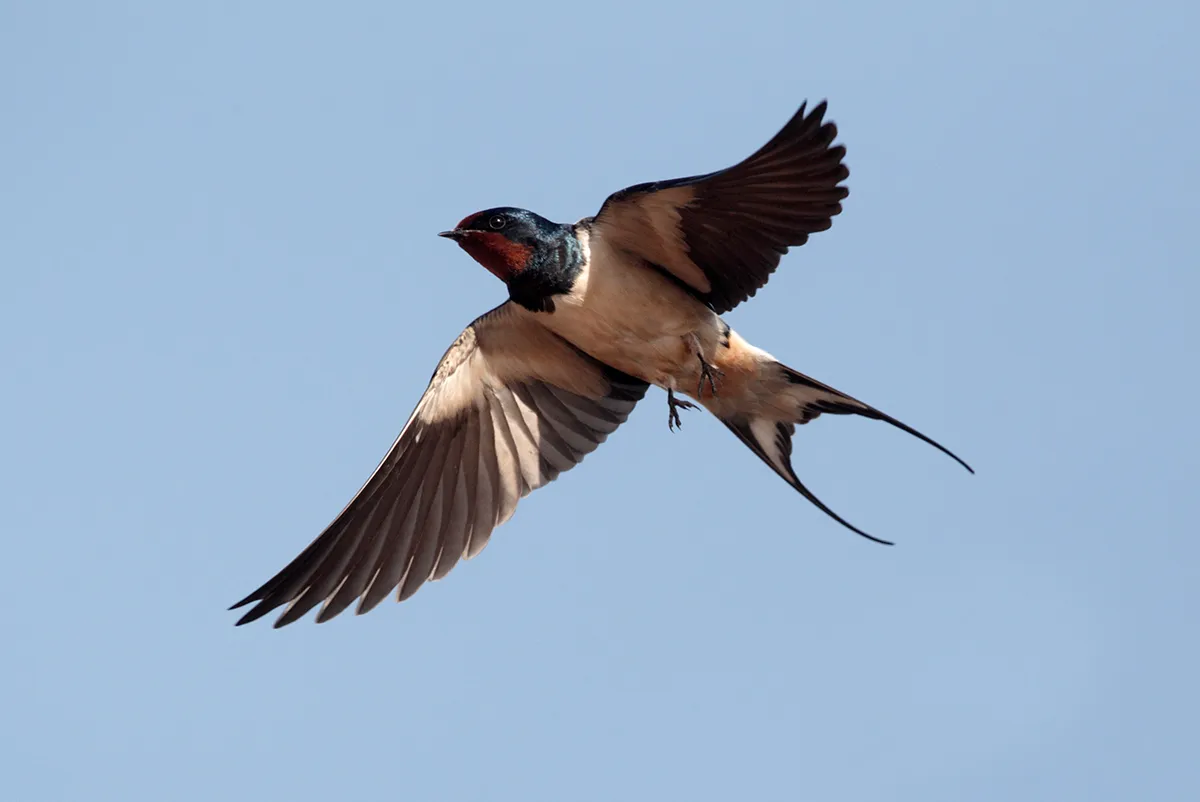
Look out for the flash of red on its throat, its white underparts and the long tail streamers that distinguish it from its close cousins the swift, house martin and sand martin.
Bluebell woodlands
Visiting a woodland for a bluebell walk is a spring delight. Bluebells appear across the countryside in early April and into May and can be traditionally found in woodlands, but can also be seen in hedgerow verges and parks.
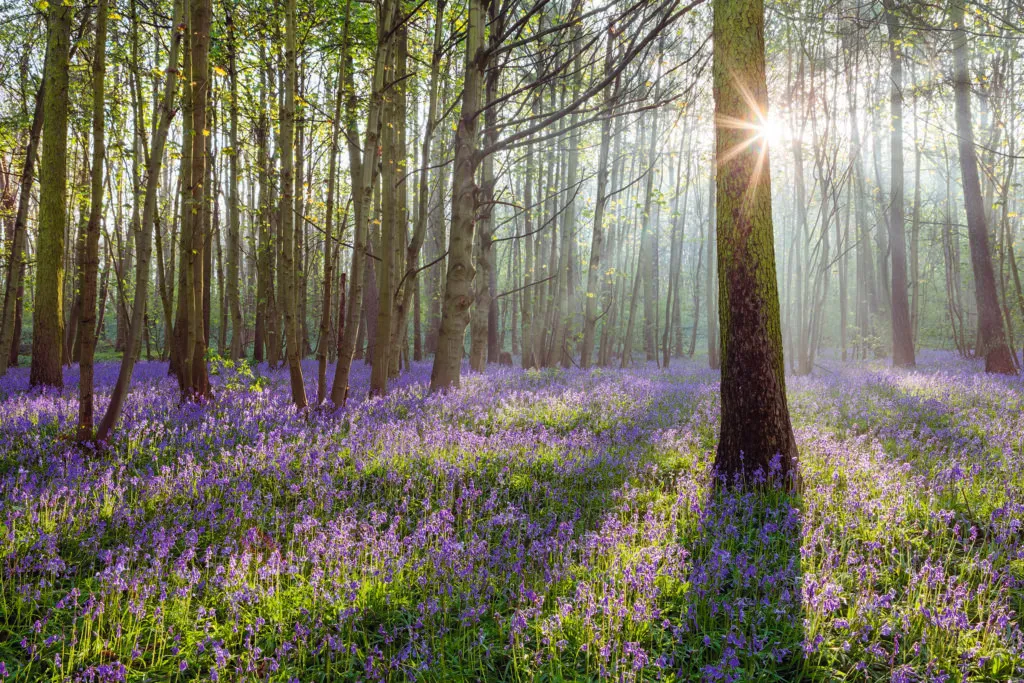
Find out more about bluebells with our expert guide and find a walk near you.
When do the clocks change in 2023?
Daylight saving will begin on 26th March 2023 when the clocks spring forward one hour.

